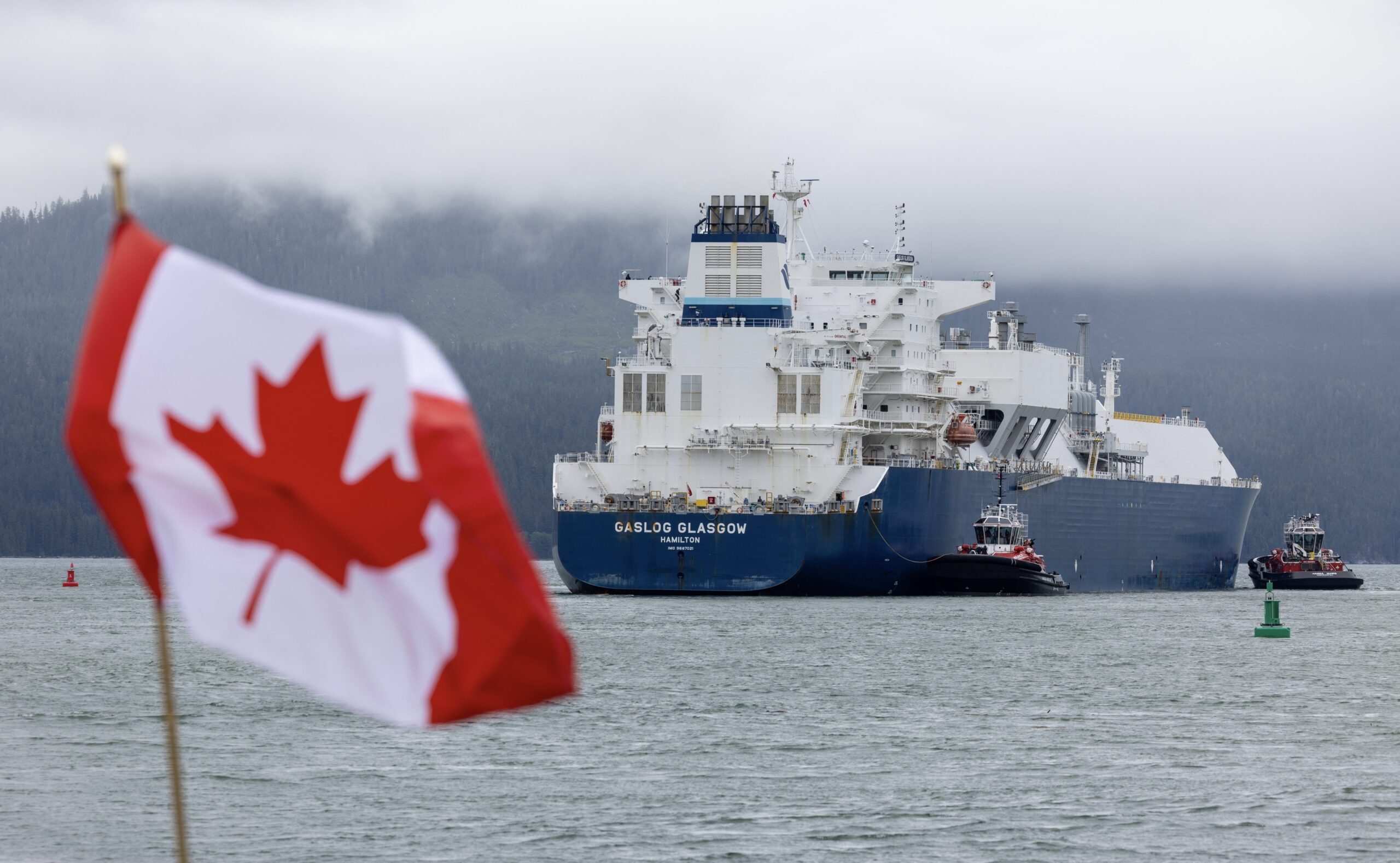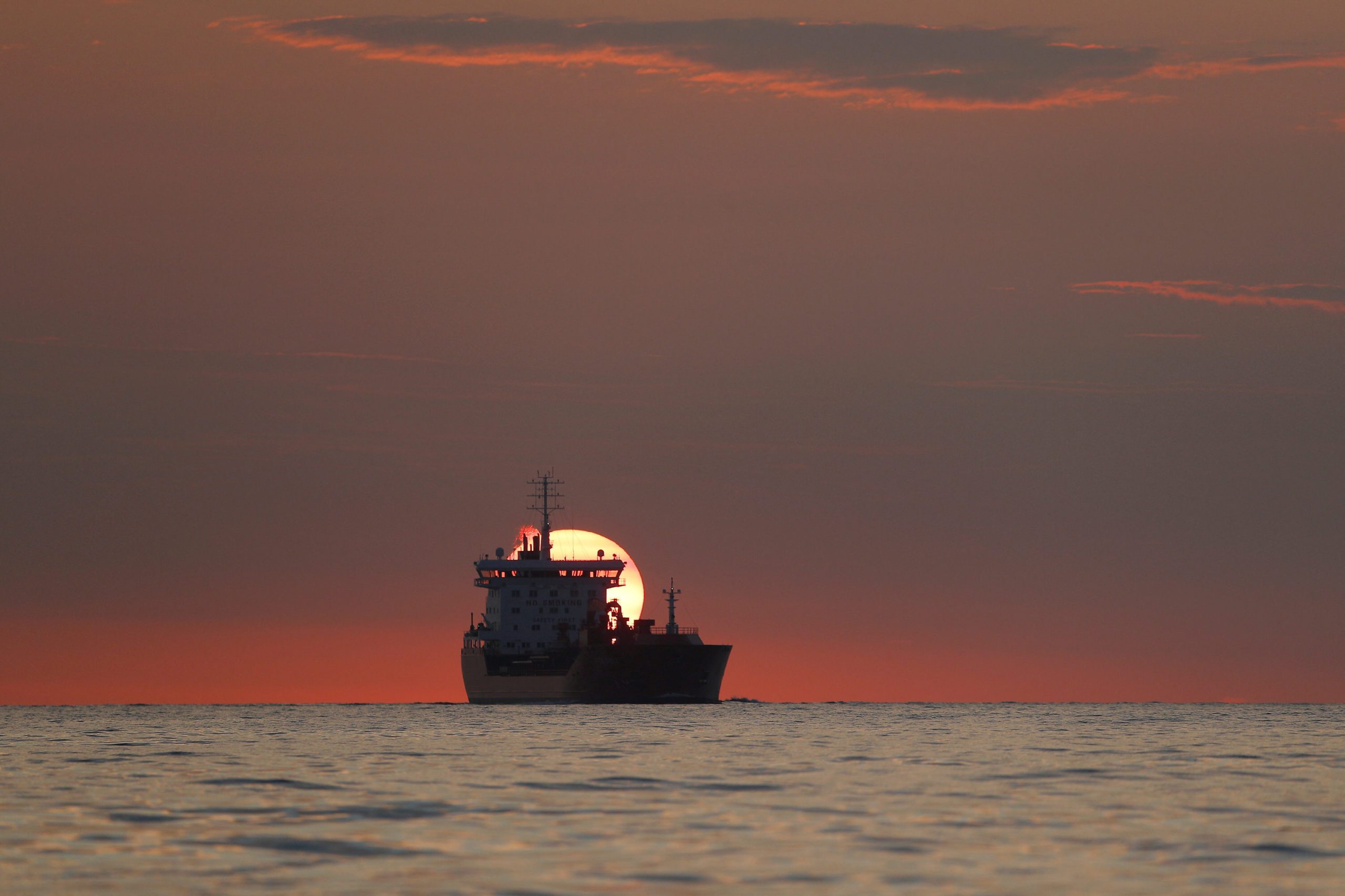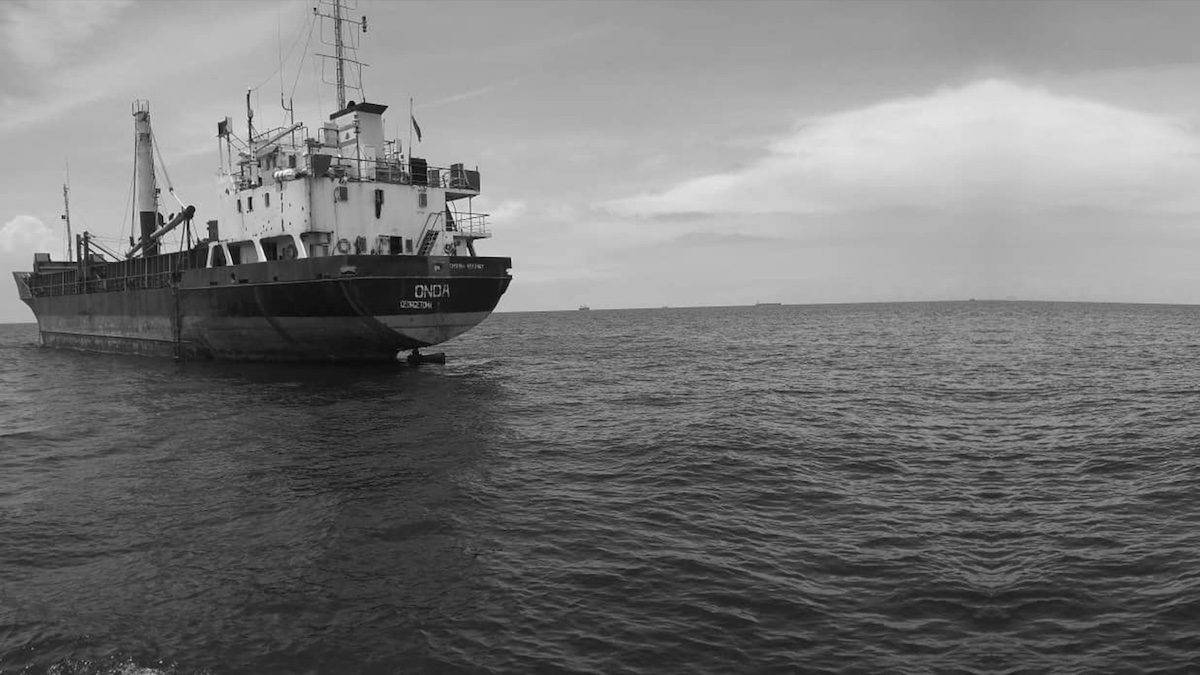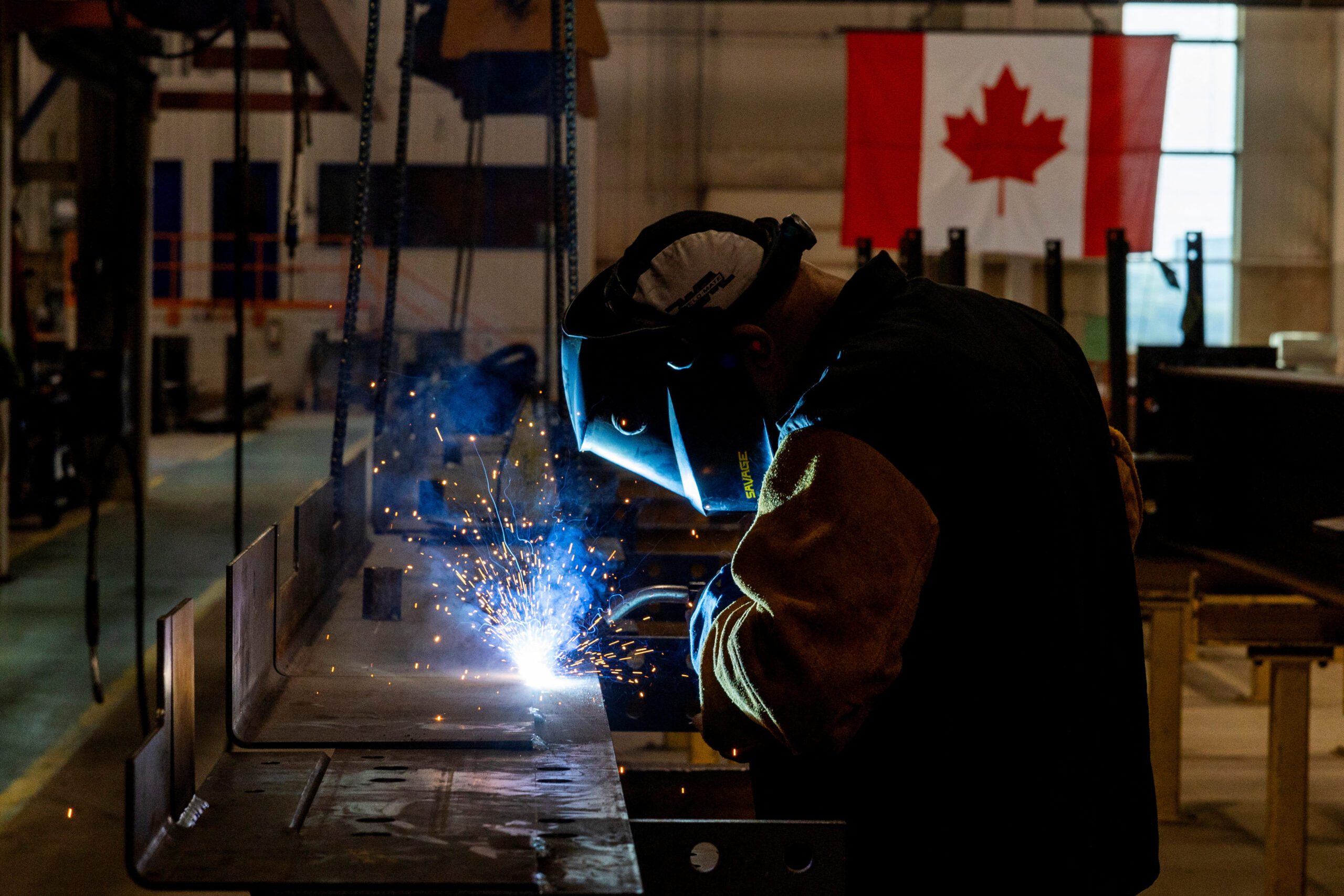LNG Canada has loaded its fifth cargo, marking an accelerated ramp-up in exports, according to data from Kpler. The milestone shipment was lifted by PetroChina, which controls the Hong Kong-flagged LNG carrier Wudang, making it the last of the five joint venture participants to receive its inaugural cargo.
With four additional tankers signaling imminent calls at the terminal, Kpler Insight has significantly raised its export forecasts. July exports are now projected at 0.49 million tonnes, up from the previous estimate of 0.21 million tonnes, while August forecasts have been increased to 0.56 million tonnes from 0.36 million tonnes. The facility’s first liquefaction train is expected to reach full export capacity by mid-August.
The export acceleration comes just weeks after the facility’s historic first cargo, which was loaded on June 30, officially placing Canada on the map of LNG exporting nations. Located in Kitimat, British Columbia, in the traditional territory of the Haisla Nation, the facility initially operates with two processing trains with a total capacity of 14 million tonnes per annum.
“Today is a historic moment for LNG Canada and our five joint venture participants, Haisla Nation, the District of Kitimat, British Columbia and all of Canada,” said Chris Cooper, LNG Canada President and CEO at the inaugural shipment ceremony. “We’re proud to be part of the effort to help Canada diversify its export markets and to deliver lower carbon energy to the world, for many decades to come.”
Canadian Prime Minister Mark Carney noted the strategic importance of the project: “With LNG Canada’s first shipment to Asia, Canada is exporting its energy to reliable partners, diversifying trade, and reducing global emissions — all in partnership with Indigenous Peoples.”
The LNG Canada joint venture is comprised of Shell (40%), PETRONAS (25%), PetroChina (15%), Mitsubishi Corporation (15%), and Korea Gas Corporation (5%). Each participant provides its own natural gas supply and individually markets their respective share of the liquefied natural gas.
The partners are already exploring a potential Phase 2 expansion, which may include two additional LNG trains, potentially doubling the facility’s capacity to 28 million tonnes per annum.

 Join The Club
Join The Club











